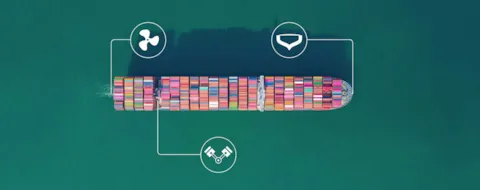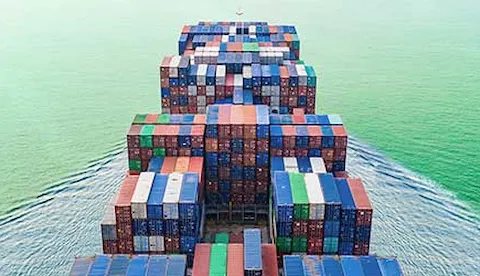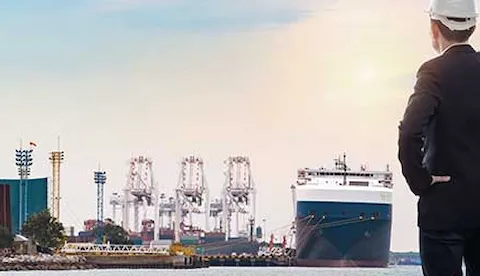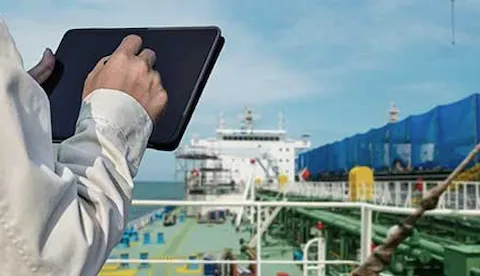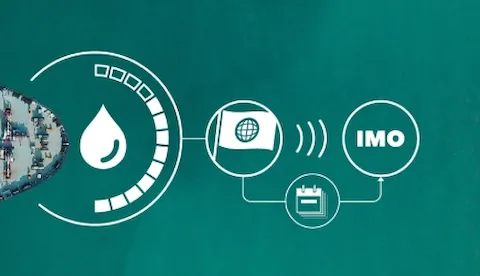Energy Efficient Design Index regulations
The Energy Efficiency Design Index (EEDI) represents a key component of the IMO’s regulations to lower the carbon intensity of the world fleet. The EEDI, which applies to most newbuildings, requires that the amount of CO2 emitted by a vessel (in grams) per tonne-mile of work be set using a formula based on the technical design parameters for a given ship.
The IMO does not specify how vessels are to meet EEDI targets. So long as the required energy efficiency level is attained, ship designers and shipyards are free to explore any technology or design solution that meets compliance.
Typical efficiency measures include the following:
- Propulsion optimisation (e.g. ducted propellers)
- Engine optimisation (e.g. hybrids)
- Energy efficient technologies
- Engine power limitation
The Energy Efficiency Existing Ship Index (EEXI) applies many of the same design requirements as the EEDI, with some adaptations regarding limited access to design data. The intention of the EEXI regulation is to bring existing vessels to a similar efficiency standard as more modern ones. The EEXI will come into force in 2023.
